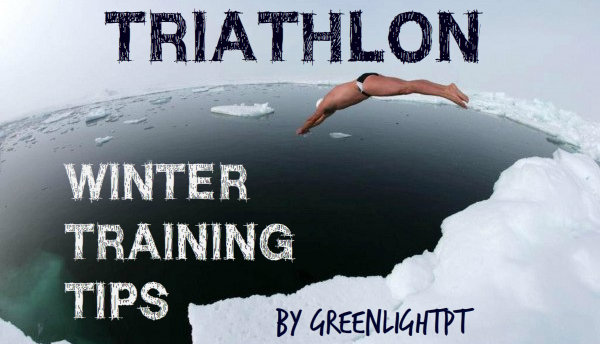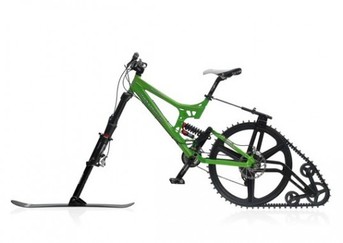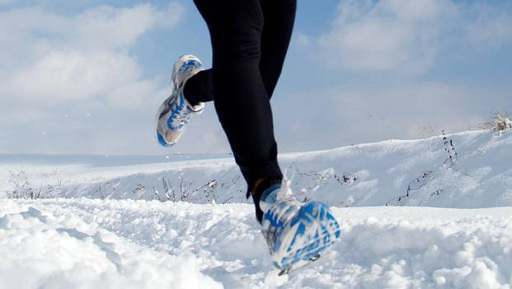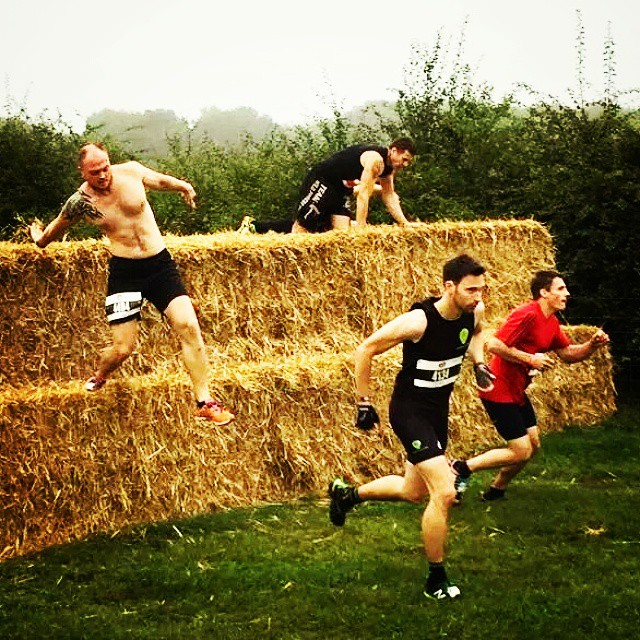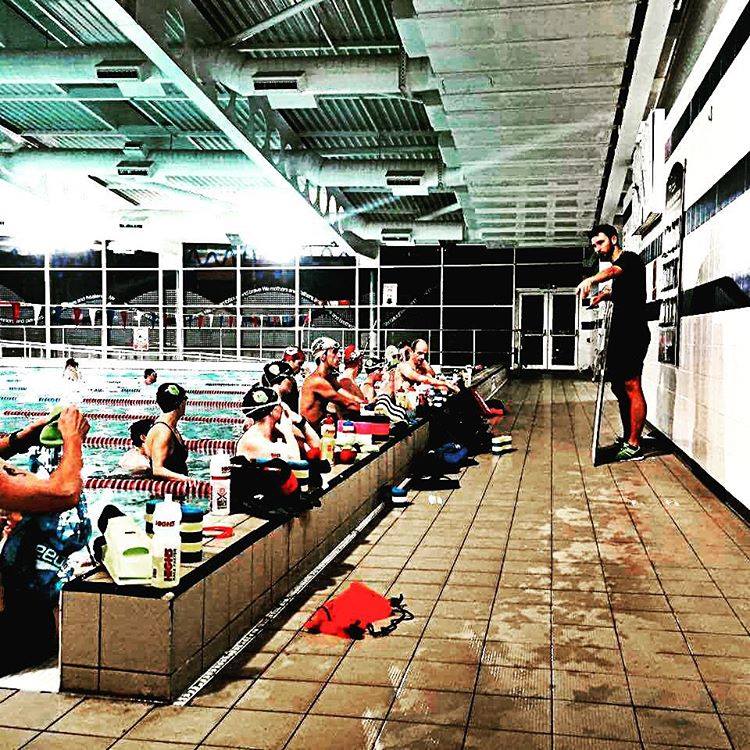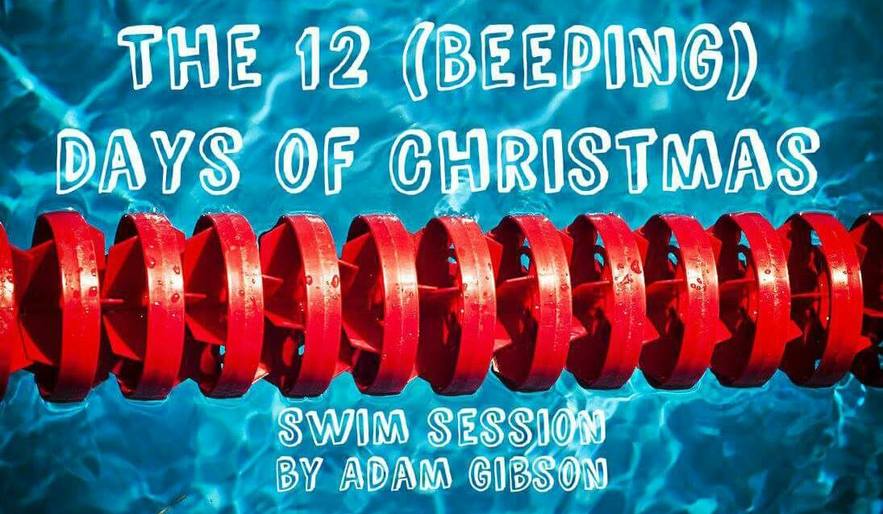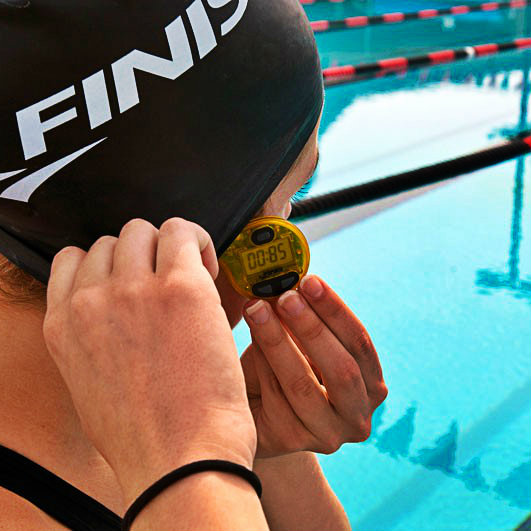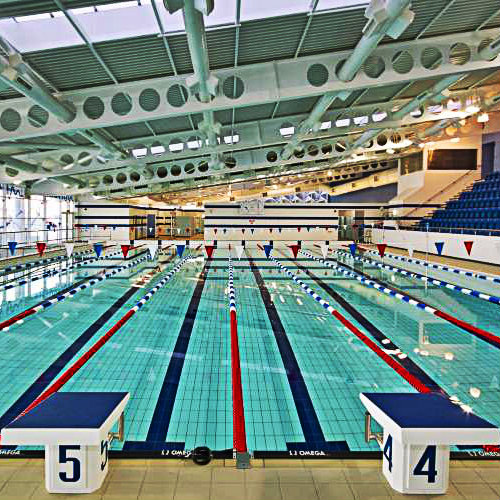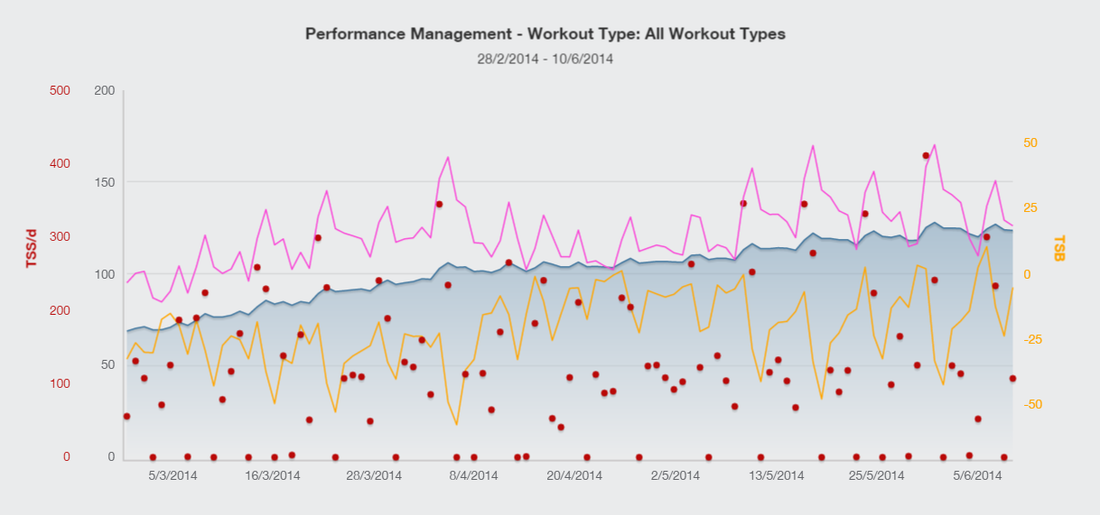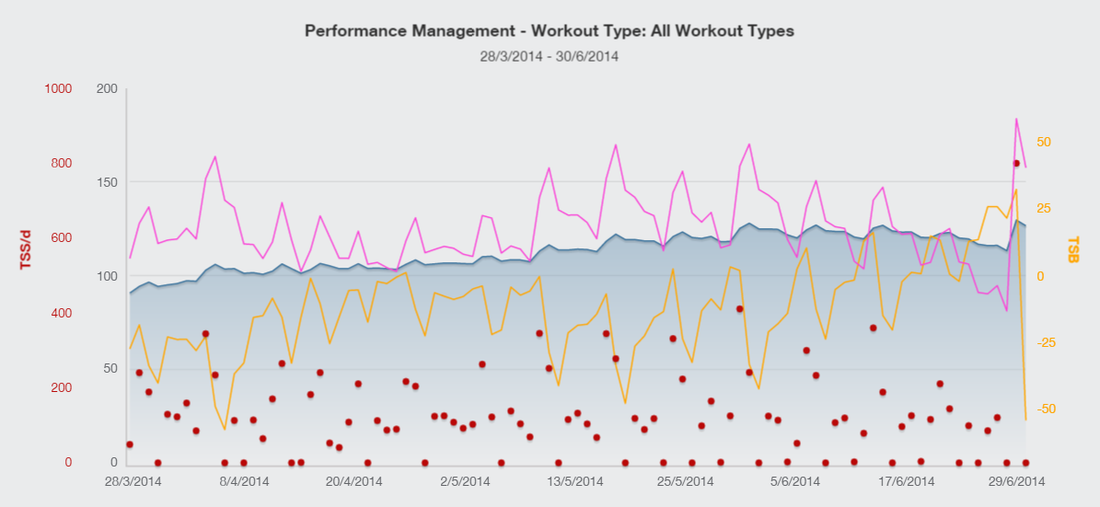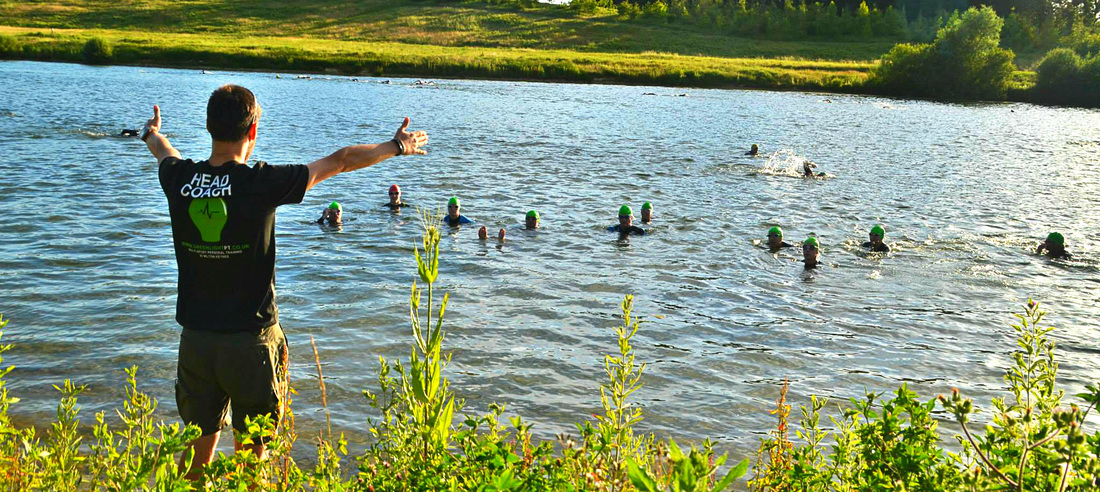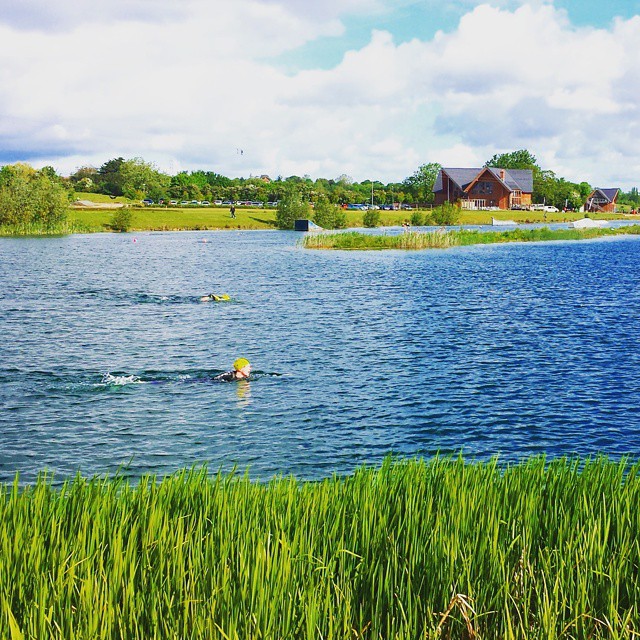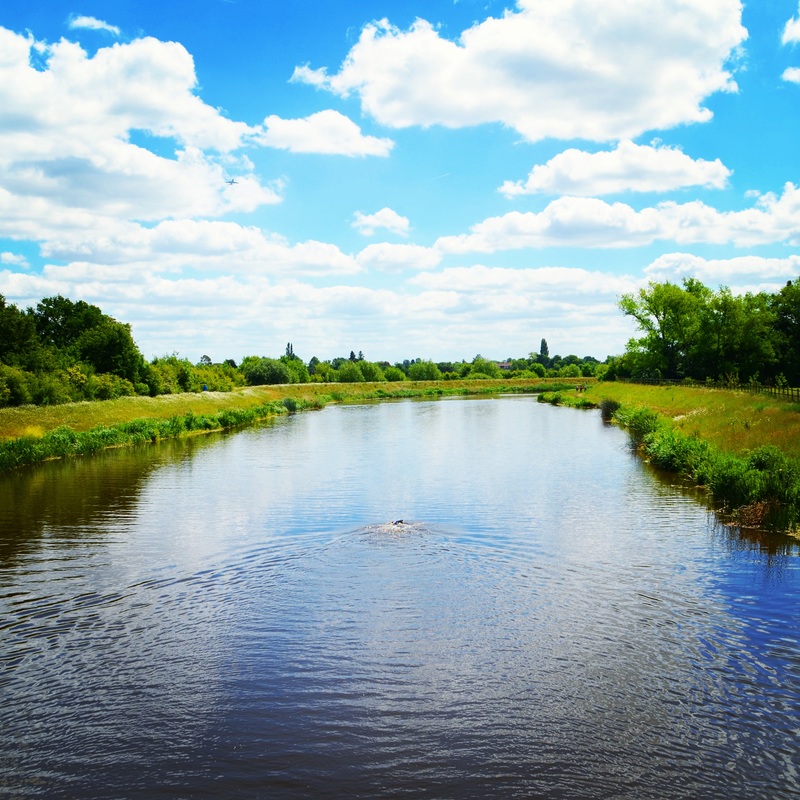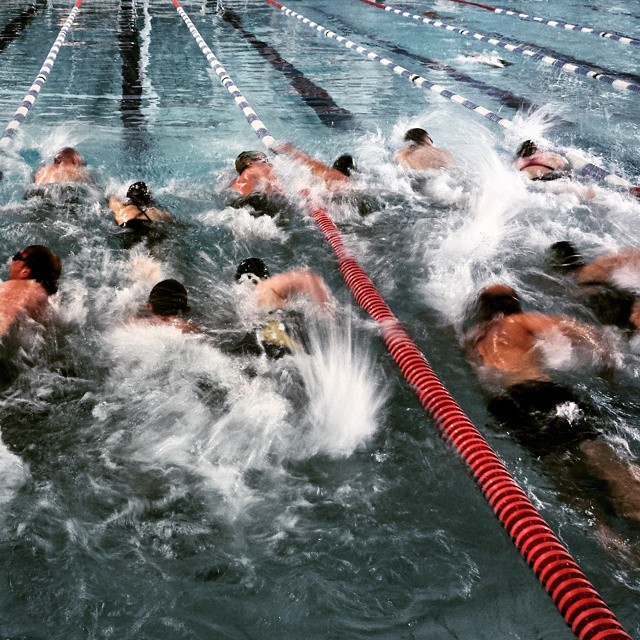|
1. A fall off the bike due to ice can put you out for weeks/months. Missing one ride will make little difference to your fitness. Be sensible. Avoid ice at all costs.
2. Its a great time to vary your training and make it enjoyable again. Off road runs. Mountain biking. Fun group swim sessions. Cross Country. Go walk some hills/mountains. 3. Once the lakes have closed, its a perfect time to get in the pool and work on your swimming for next season. Make sure sessions have a goal and are focused on technique or fitness. 4. Wrap up warm, sleep well and eat well to avoid injury and illness.
5. Protect your bike. While you can sometimes get away with little 'maintenance' over the summer. During winter you need to make sure you look after your bike. Clean. Oil. Lube.
6. Running in fresh deep snow can be an excellent strength work out. Take time to enjoy the scenery and focus less on distances/paces. 7. The start of winter is a great time to review your previous season. What went well? What would you have done differently? 8. Shake off those injuries. With not as many races over the winter there is less pressure to train all the time. Take enough time off now to sort out your niggles for good. You'll reap the rewards next season.
9. Build a base. Winter is the time to start building an excellent base aerobic fitness for next year. This means lots of slow and steady (Zone 1-2) runs/rides.
10. Build strength. Want to be stronger and have less injuries next season? Over the winter is a great time to add more strength work to your programme. This doesn't need to be gym based. Squats, lunges, plank, press ups, tricep dips are all great exercises you can do at home. 11. When its too dangerous outside to cycle, switch your ride to the turbo trainer. Learning to love the turbo can help you make huge gains over the winter. Focus on building aerobic fitness and strength. 12. Plan next season. Which races do you really want to perform well at? Be cautious not too enter too many events. You are best off planning your season and 2/3 events you really want to target. 13. Consider a 3-4 week block of training focusing on your weakest discipline. Over the winter is a great time to work on your weaknesses. 14. Consider a week away training! Sometimes a week training somewhere hot can be a great motivator. If you do this be careful not to do a sudden jump in volume when you are away! Safe training everyone!
0 Comments
What is this?
A challenging festive themed swim session to try over the Christmas period! You can do this by yourself or as part of a swim squad! It will take around 1 hour including your warm up!
What do I need?
...and probably some swimwear too. We'd recommend that. Nice red festive swimwear if you have some.
How do I get ready?
1. You need to know your CSS pace. If you don't know that you can find out here:
http://www.swimsmooth.com/css-calculator.html 2. Turn your Tempo Trainer onto 'Mode 1' and key in your CSS pace per (25m) length. Example: If your CSS pace per 100m is '1:56' you divide by 4 (lengths) and need to have '29:00' displayed on the Tempo Trainer Warm up:
Something like this will do. Shorten the distances if you need to...
200m - Easy Swim 200m - Side Kick With Fins (Swap sides each length) 200m - Half a length sculling into half a length easy swim 200m - Start the 200m slow and build up to a fast finish Main Set:
|
|
SUMMARY...
The above tips should help you reduce your open water panics and teach you how to cope with them should they arise! Remember... The more you practice and prepare for this, the less it will happen. Please feel free to 'share' this blog with your swimming and triathlon buddies. Adam Gibson Head Coach GreenlightPT |
THE BLOG
The lastest GreenlightPT news, articles and race reports.
Categories
All
Christmas
CSS
Ironman
Marathon
Motivation
Open Water
Racing
Running
Swim Clinic
Swimming
Tapering
Technique
Tempo Trainer
Tips
Training
Triathlon
Video
Winter
Found this useful?
Donate $BTC here:
Donate $BTC here:

